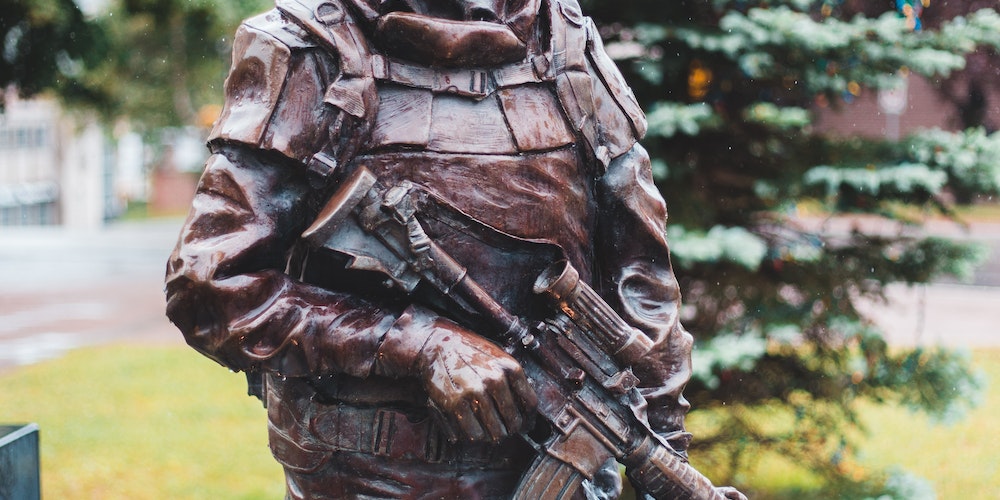Pulling the trigger on a cap pistol, or toy revolver, produces an explosive noise similar to a gunshot and a brief cloud of smoke. These lifelike effects are achieved by inserting a plastic ring or a strip of paper with small spots of gun powders onto the cap.
An Overview Of The Development Of Cap Guns
In the movie, a modest American business utilizes molds that the main toy makers of the day abandoned when they ceased producing cowboy-style cap pistols, which were popular during the golden era of westerns in the 1950s and 1960s. To fire a metal cap gun, one pulls the trigger, releasing the hammer, which hits the cap, causing it to explode with a boom. Each cap contains roughly a milligrams of gun powder and is sandwiched between two strips of paper.
What Is The Process Involved In Making Cap Guns?
An injection molding machine creates the gun's grip surfaces by simultaneously injecting molten plastic into 10 grip molds, where it cools and hardens in a matter of seconds. The molds and grips in this movie are designed to fit the wild west toys rancher-style cap pistol, as seen by the image of a steer's head on the handle. Workers throw zinc bars into a smelting cauldron heated to roughly 400 degrees Celsius, and the bar melts within a few of minutes, making cast zinc the material of choice for the remainder of the cap gun. After being pumped through hot tubes, the molten zinc is injected into a mold for gun components, where it cools and hardens in under 10 seconds.
After the molten zinc has cooled, you may easily remove the cap gun components from the metal. Each and every one of the components, including the trigger and hammer, contains flashing, which is surplus metal that develops in the space between the two sides of the mold. For this reason, pliers are used to cut away as much of it as possible before employees file down the remaining rough spots to provide a smooth surface. If the flashing is too thick to cut away by hand, a sander is utilized instead. After the manufacturing workers electroplate the smooth pieces with zinc and give them a last washing in acid to remove any residue, the components are dipped in a clear liquid coating to make the matte surface glossy. The moment has come to put together the cap cannon.
The loading gate spring is set in place first, followed by the holding gate latch and spring on the cap gun's left barrel, the cylinder, and lastly the guiding disc that spins the cylinder when the trigger is squeezed. The right side of the barrel and an orange plastic safety tip are then fitted onto the end of the main body. The regulation mandates the use of the very visible safety tips to prevent the cap guns from being mistaken for actual firearms. After that, the hammer spring and hammer are installed, and finally the loading gate spring is hooked up to the latch to keep the gate closed. The cylinder rotating arm and the pusher that advances the caps one at a time out of the cap box into striking position are then fastened in place by two brass grommets.
Next, the loading gate is installed and secured with a screw, and a trigger spring is attached to maintain tension on the cap pusher and the trigger. Once you've got your extra springs hooked up, it's time to connect the top of the hammer spring to the holding pin. As for the hammer spring, its base connects to the holding pin's base on the frame. A screw secures the plastic grips/handles to each side of the gun's handle. The elaborate scrollwork on these cap pistols from wild west toys is a throwback to a bygone era and a level of artistry not often seen in toys today; this is something that parents will enjoy more than their children.


